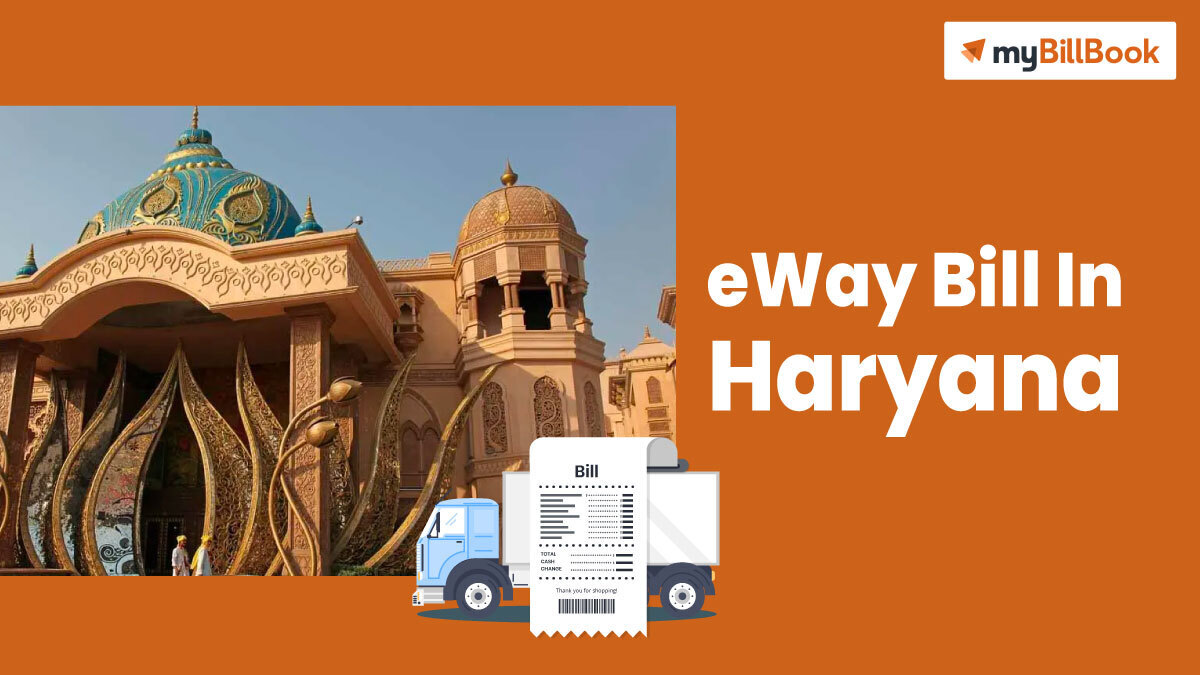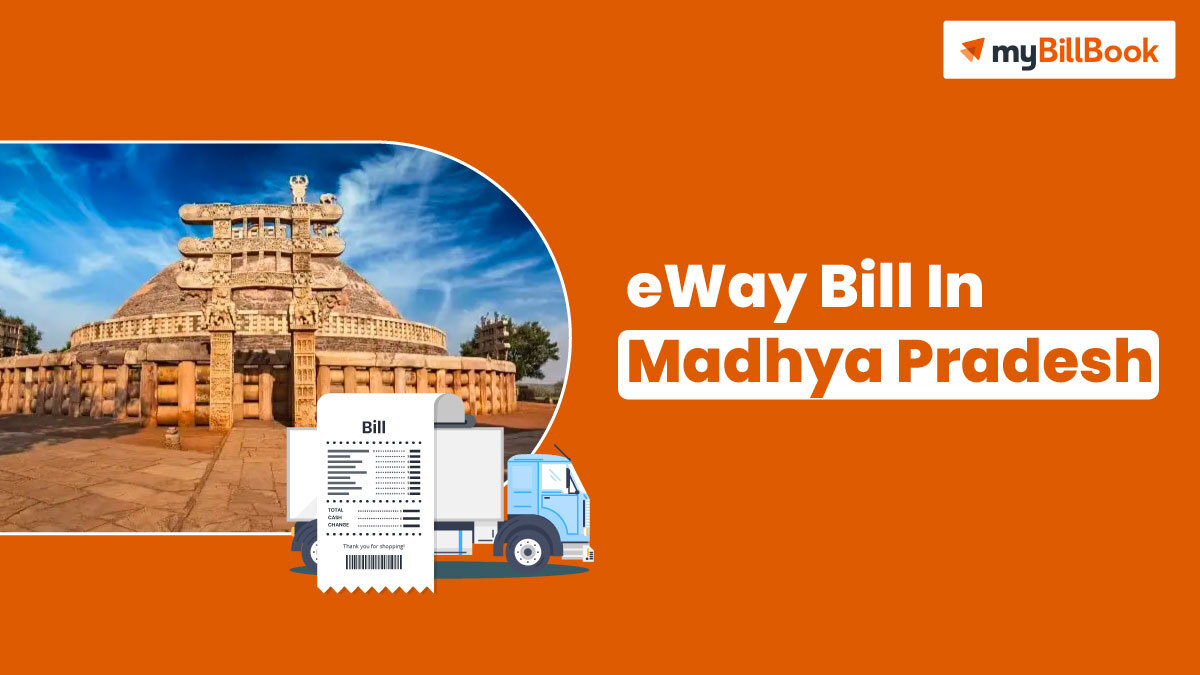An e-way bill in Haryana is a mandatory document for transporting goods to and from the state as per GST regulations. The e-way bill applies for both intrastate (within Haryana) and interstate (from Haryana to other states) transport of goods as per the eway bill limit.
Like all other Indian states, business owners and transporters in Haryana can generate eway bills in Haryana using the official eway bill website.
This page helps you with the e-way bill limits in Haryana, how to generate eway bill in the state of Haryana, documents required and other important information.
eWay Bill Limit in Haryana
The eway bill limit in Haryana differs for interstate and intrastate movement of goods. While the interstate eway bill limits are set by the central government, the intrastate eway bill limit is decided by the Haryana government as per the powers delegated by the centre.
-
e-Way Limit in Haryana for Interstate Movement of Goods
The e-way bill limit for interstate movement of goods, that is, from Haryana to another Indian state, is ₹ 50,000.
An e-way bill is required in Haryana only when the value of goods transported from the state of Haryana to another Indian state exceeds ₹50,000.
-
e-Way Limit in Haryana for Intrastate Movement of Goods
The e-way bill limit for intrastate movement or transport of goods within Haryana state is ₹50,000.
An e-way bill is required only when the value of goods transported within the state of Haryana exceeds ₹50,000.
e-Way Bill Exemptions in Haryana
- An eway bill in Haryana is not required if the value of goods is less than ₹50,000 or if the distance between the supplier and receipt is less than 50km.
- Transport of tobacco and its related goods like cigarettes, pan masala, bidi, gutkha, and alcoholic beverages requires an eway bill regardless of their value.
- Goods exempted under GST do not require eway bill in Haryana.
When Should You Generate an E-way Bill in Haryana?
If you have a GST-registered business and transporting goods within or outside the state of Haryana, you must generate an e-way bill based on the following conditions:
- If you are a registered business and transporting goods of Rs.50,000 or more in value in transit
- If you are a GST-registered business and are receiving a supply from a non-GST-registered person
- If you are a transporter carrying goods via road, rail, or air and when the supplier missed generating an e-way bill in Haryana
Note: The e-way bill limit in Haryana is Rs.50,000.
Documents Required for e-way Bill Generation in Haryana
- Documents on the consignment of goods, such as bills of supply or delivery challans or invoices.
- Transportation-related documents (“Transporter ID,” “Transport Document Number,” and vehicle number)
Validity of e-Way Bill in Haryana
The validity of an e-way bill in Haryana is determined by the distance to be covered:
- For Regular Vehicles
- Up to 200 km: 1 day of validity
- For every additional 200 km – 1 extra day
- For Over-Dimensional Cargo (ODC)
- The e-way bill is valid for 1 day for every 20 km.
Format of Haryana e-way Bill
An e-way bill in Haryana has two parts. Part A of the Haryana GST e-way bill contains consignment-related details, usually the invoice details. Apart from these, you have to provide the following additional information:
- The HSN code of the transported items
- First two digits, if the turnover is less than Rs 5 crores
- Four-digit HSN code if the turnover exceeds Rs 5 crores.
- Challan number or invoice number
- The delivery location’s PIN code
- The recipient’s GSTIN
- Purpose of Transportation
- Consignment’s value
- Transport document number
Part B of the e-way bill consists of the details of the transporter (i.e., vehicle number and transporter ID).
FAQs on e-Way Bill Haryana
Is there an e-way bill limit in Haryana?
Yes. The e-way bill limit in Haryana is Rs 50,000 for both intra-state and inter-state transport of goods.
What details should I be aware of when entering the part-B section of an e-way bill?
You must not miss entering your “vehicle number” and “transporter ID” in Part B of the e-way bill.
Can I generate an e-way bill with no documents in hand?
No, You must carry the following to make sure you generate an e-way bill:
- Consignment goods-related documents (bills of supply or challans and invoices)
- Transportation-related documents (“Transporter ID,” “Transport Document Number,” and date)
Is it mandatory to generate e-way bills in Haryana if my goods in transit have a value of Rs. 21,000?
No, you need not generate an e-way bill only when transporting goods of value Rs.50,000 or more in transit.
What comes under Part-A of the e-way bill?
Part-A of the e-way bill comprises the consignment details, supplier and recipient details, and delivery location details.







